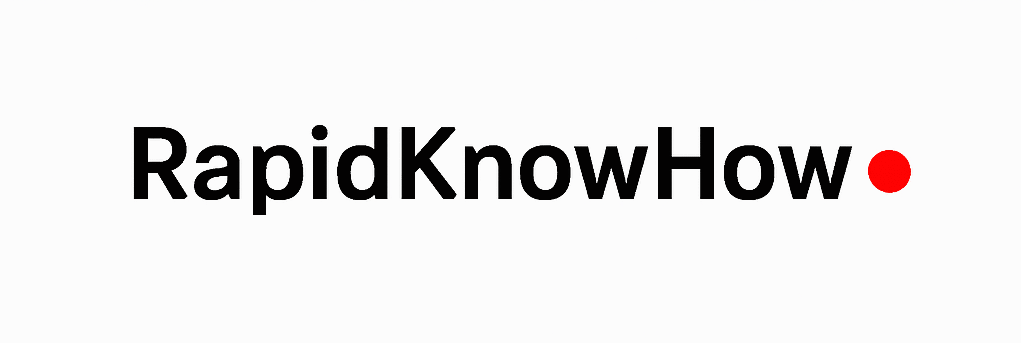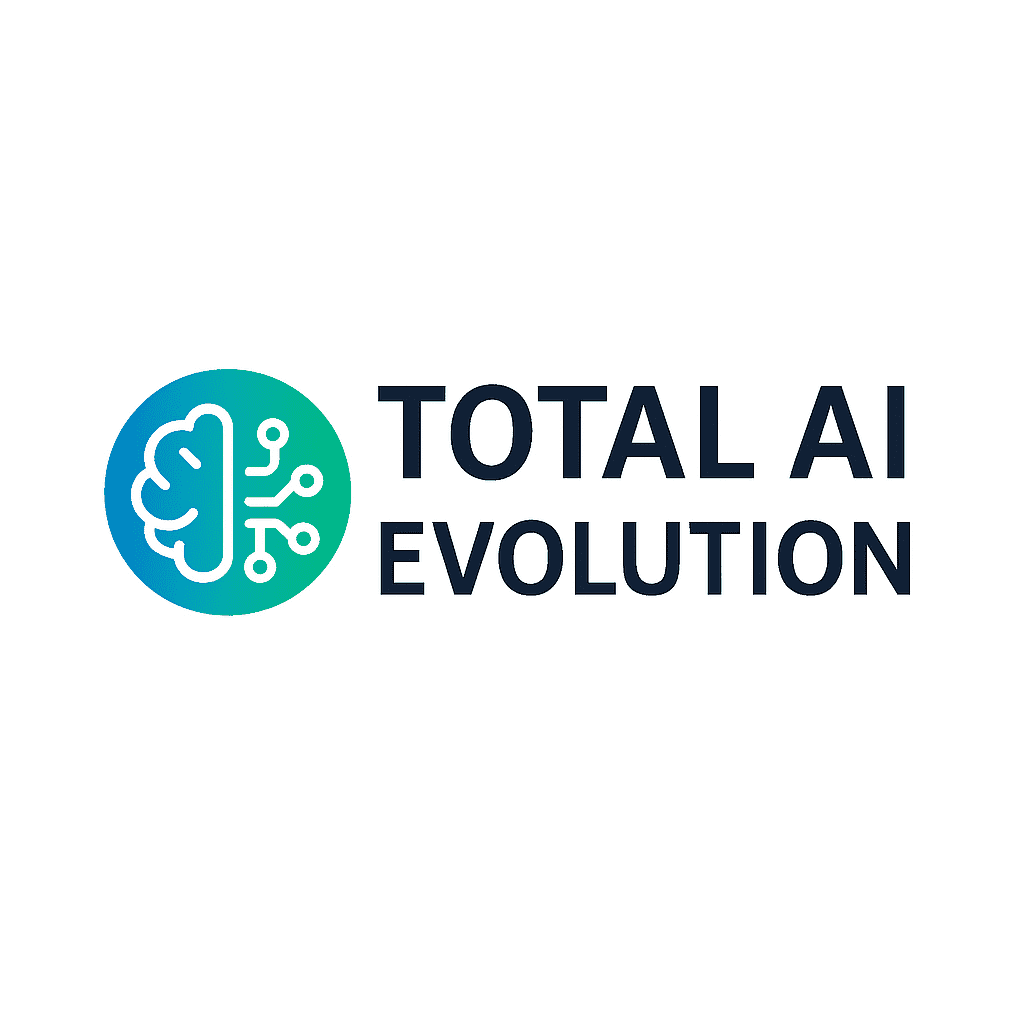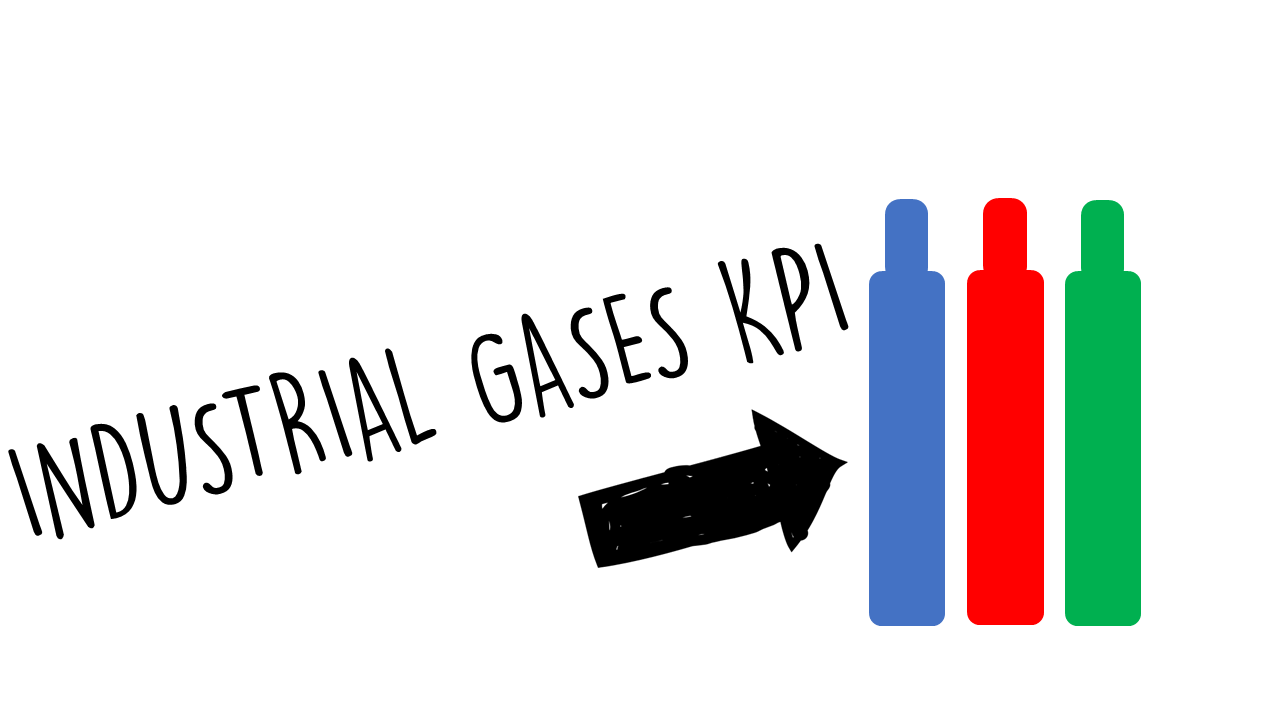RapidKnowHow + ChatGPT | From Static Property to Intelligent, Regenerative Living Systems
1. The Age of Transition (2020 – 2025): From Construction to Connection
Between 2020 and 2025, the housing industry started integrating AI and IoT technologies to improve design, construction, and energy efficiency.
Smart homes and modular buildings appeared, yet the sector remained rigid, expensive, and resource-heavy.
Core limitations:
- Housing viewed as static real estate, not as a living system.
- Fragmented planning and infrastructure.
- Rising costs, environmental pressure, and limited mobility.
Winners: Early innovators in modular housing and smart energy (Tesla Tiny Homes, IKEA BoKlok, Boxabl).
Laggards: Traditional real-estate and construction firms trapped in bureaucratic and CAPEX-heavy models.
2. The Age of Transformation (2025 – 2028): From Smart Homes to Living Ecosystems
AI transforms housing from a physical asset into a dynamic life-service ecosystem.
Homes become modular, mobile, and data-intelligent — self-learning spaces that adapt to user needs, mobility, and sustainability goals.
The STVE Formula defines the transformation:
(Human Leadership + AI Leadership) × Licensed Partners = Sustained Value Ecosystem
RapidKnowHow introduces Housing-as-a-Service (HaaS) — modular mobile housing units operated via AI-driven lifecycle systems that integrate solar energy, water recycling, and predictive maintenance.
Transformation milestones:
- Modular housing clusters move to where people work or live temporarily.
- Energy storage, heating, and mobility systems are self-optimizing.
- Housing networks become portable communities connected by AI governance.
3. The Age of Intelligence (2028 – 2030): From Living Ecosystems to Autonomous Habitats
By 2030, housing evolves into autonomous habitats — AI-managed, self-sustaining, and regenerative living systems.
These mobile habitats balance comfort, ecology, and flexibility — redefining how humans inhabit the planet.
Core pillars of the intelligent housing system:
- AI Habitat Intelligence – predicts usage, weather, and energy patterns.
- Self-Sustaining Infrastructure – water, energy, and waste recycled locally.
- Mobility Integration – housing units relocate with people and jobs.
- Circular Materials Economy – components reused or remanufactured.
- Citizen Ownership Models – blockchain-based co-ownership of housing networks.
The result: Zero waste, zero rent, and full living flexibility — freedom meets sustainability.
4. Strategic Levers of the AI–Mobile Housing Evolution
| Lever | Description | 2030 Target | RapidKnowHow Application |
|---|---|---|---|
| 1. AI Habitat Engine | Predicts usage, maintenance, and comfort needs | Full self-regulation | AI-Habitat Dashboard |
| 2. Modular Construction Networks | Standardized mobile housing clusters | 1M units globally | RapidBuild HaaS Platform |
| 3. Renewable Integration | Solar + hydrogen + storage systems | Net-positive energy | Smart Energy Ecosystem |
| 4. Mobility-as-Housing | Homes that move with work and travel | 10% global adoption | Move-In Network |
| 5. Housing ROICE | Return on Innovation, Convenience & Efficiency | ROICE ≥ 90 | Housing Performance Dashboard |
5. Vision 2030: The Intelligent Living Ecosystem
“Housing 2030 means living anywhere — sustainably, flexibly, and intelligently.”
AI Core: Manages resources, comfort, and mobility autonomously.
Human Core: Defines lifestyle, purpose, and ethical parameters.
Partner Core: Builds, maintains, and licenses housing systems worldwide.
Formula 2030:
TAIH = (Human Purpose × AI Intelligence × Sustainable Mobility) ÷ Time
By 2030, mobility, housing, and sustainability converge into one intelligent ecosystem where living becomes regenerative and free.
6. RapidKnowHow 5-Step Action Model
- Define Living Purpose – freedom, flexibility, and ecological integrity.
- Design the Housing Ecosystem – modular, mobile, and self-learning.
- License the System – PowerBooks + PowerLicenses for cities and developers.
- Automate Sustainability Flows – AI-driven energy, waste, and mobility loops.
- Govern Transparently – blockchain ownership, ESG dashboards, citizen voting.
7. Power Statement
“2030 belongs to those who live sustainably and freely — where AI-powered habitats follow purpose, not property.”
8. Brand Signature
RapidKnowHow + ChatGPT | All Rights Reserved | 2030 Series
Title: Total AI–Mobile Housing Evolution 2030
Formats: PowerReport · PowerPoster · PowerLicense




